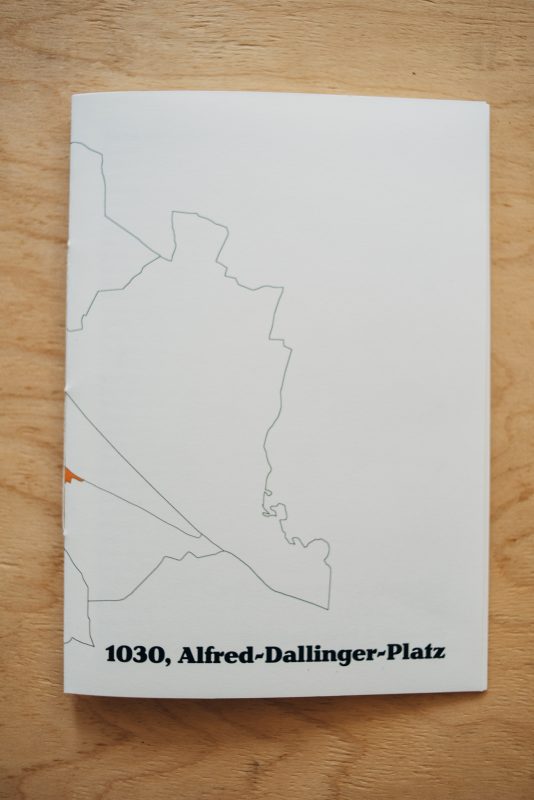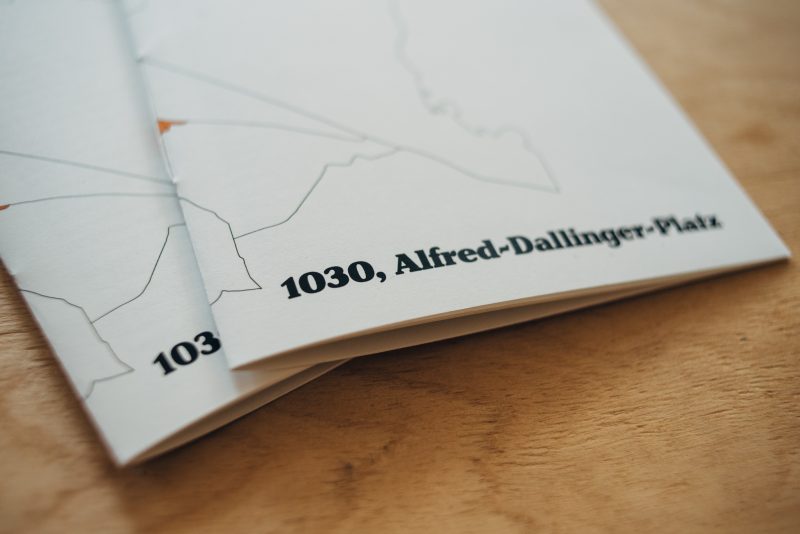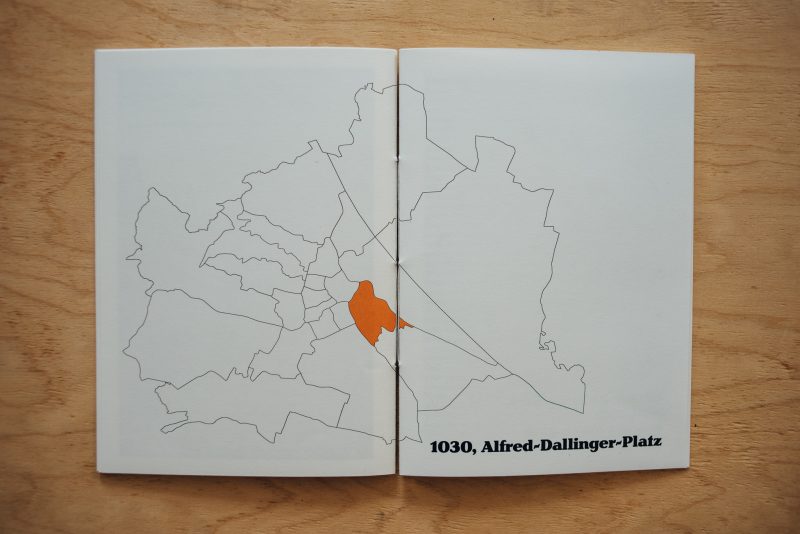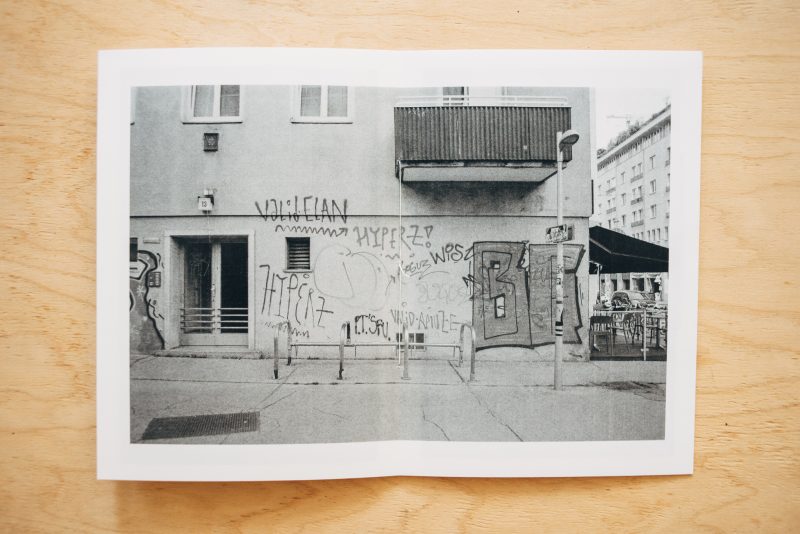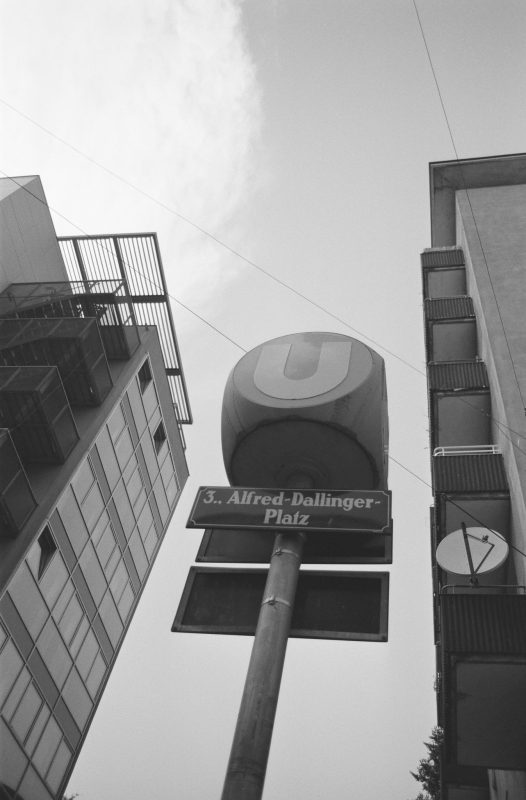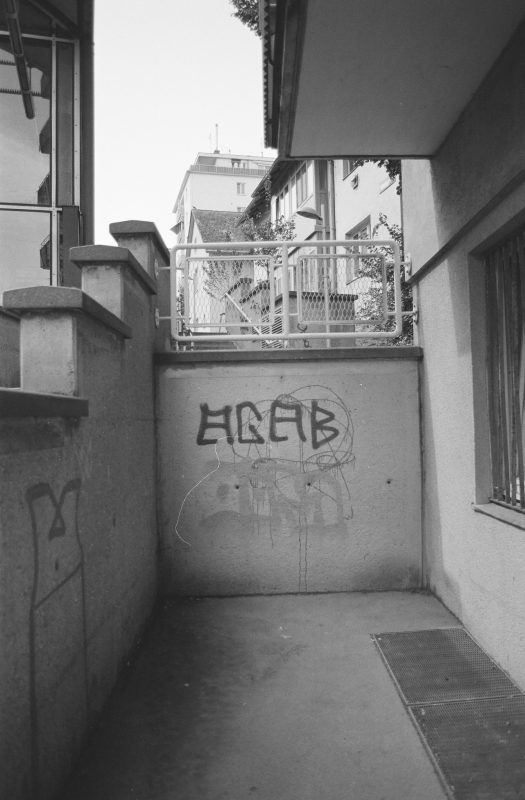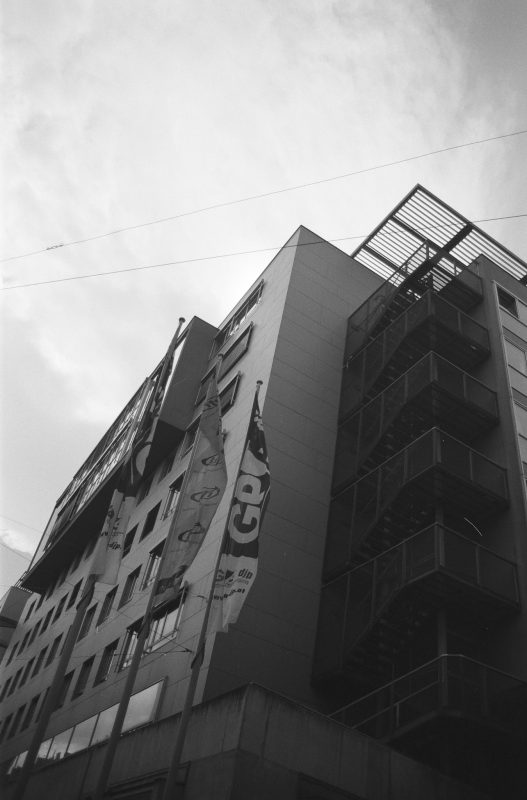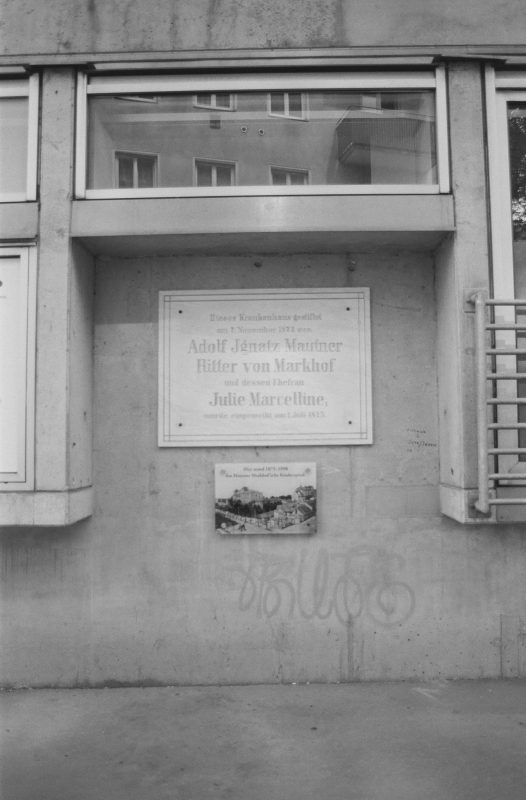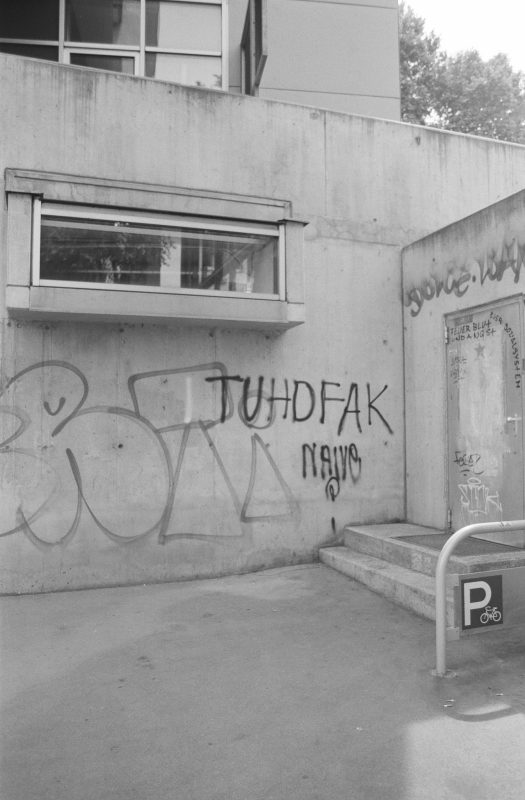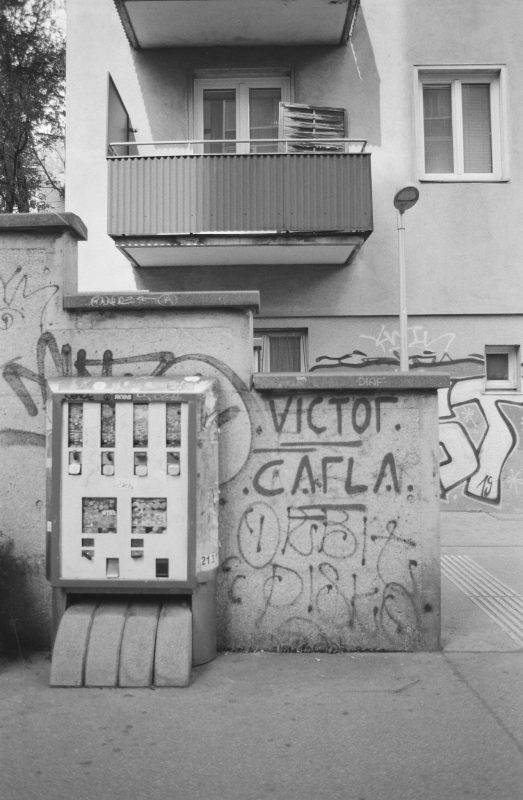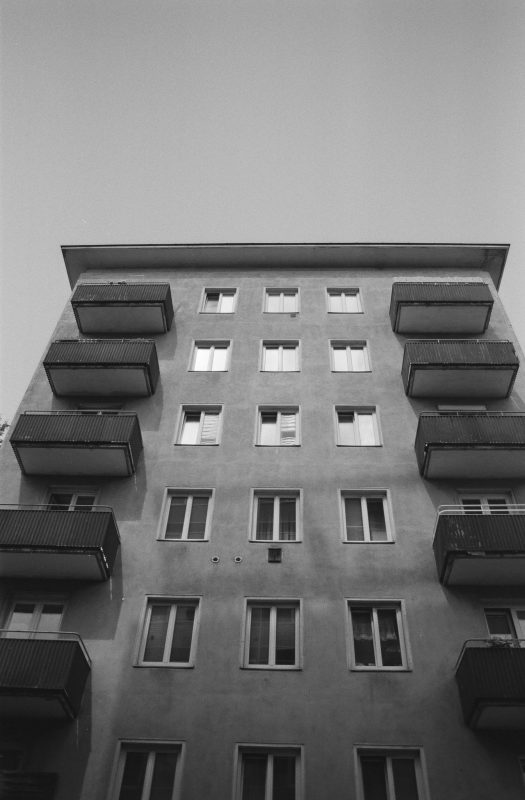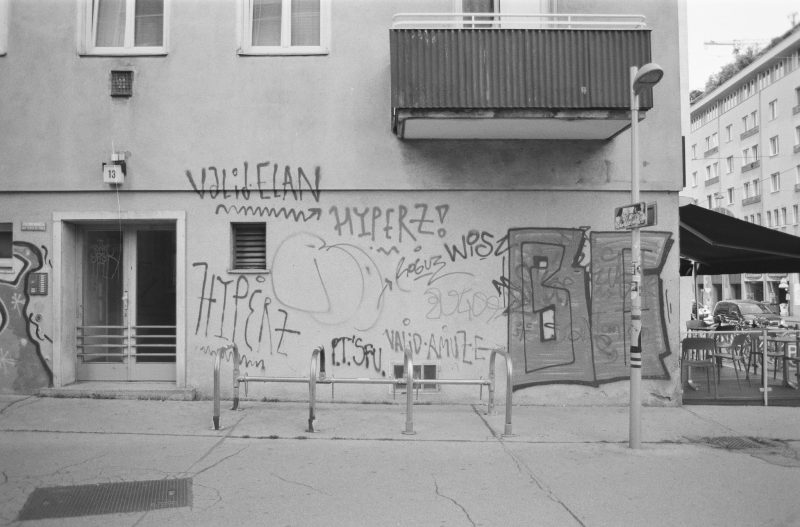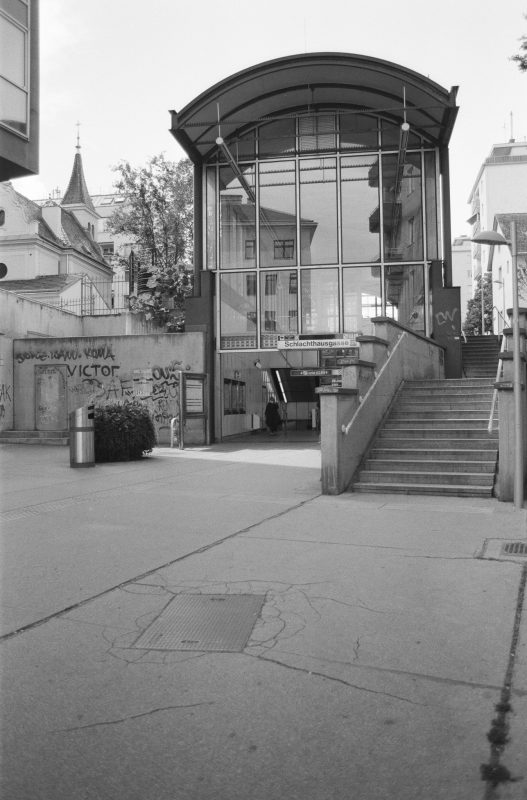Alfred-Dallinger-Platz
1030 Landstraße
€ 10,00
Pages: 16 + cover
Edition: 5 + artists copy (first edition)
Date: 2020
Film: Agfa APX 100
Camera: Minolta X300
4 in stock
Buy a print
Alfred-Dallinger-Platz, named in 2005 after the trade unionist and politician Alfred Dallinger (November 7, 1926– February 23, 1989).
Alfred Dallinger was born as the child of a socialist tram family in Vienna-Rudolfsheim. As early as 1940 he joined the “Heilmittelstelle” as a pharmacist’s apprentice, the first public enterprise in Austria during the First Republic. In the socialist company, after the “Anschluss”, attempts were made to counteract the Nazi regime. In 1943 socialists employed in the company were arrested. Dallinger was summoned and warned three times at the party headquarters for the 3rd district. As a result of the war, Dallinger’s apprenticeship ended in April 1943, and in the same year he was called up for military service. In 1944 he suffered a serious wound and was not able to resume work at the therapeutic agent until December 1945. There he gained his first trade union experience as a youth shop steward. Dallinger joined the ÖGB and the SPÖ at an early stage. In 1948 he became the youth secretary of the private workers’ union. His work under Josef Hindels in the private employees’ union was formative for him. Alfred Dallinger quickly made a career in the union: in 1966 he became central secretary of the GPA, and in 1974 its chairman. In the same year, Dallinger also moved into the National Council, to which he was a member until 1983. In 1975 he was appointed to the executive committee of the ÖGB. In 1980 Bruno Kreisky appointed him to his cabinet as Minister of Social Affairs. He also held this office under Chancellors Fred Sinowatz and Franz Vranitzky until his death. Dallinger tried to cope with the economic crisis of the 1980s through an active labor market policy and was considered a pioneer of the SPÖ in social issues.
Under Dallinger’s presidency, the private workers union became the branch with the largest number of members (350,000). As a trade unionist, Dallinger campaigned for the expansion of internal co-determination. As a social partner and social politician, Dallinger quickly made a name for himself with his demands that extend far into the future: for example, for the 35-hour week and the value added tax, called “machine tax” by their critics. He saw a contribution to full employment in the reduction in annual working hours. The “small pension reform” in 1985 also goes back to Dallinger.
He was killed in 1989 with the unionist Richard Wonka in a Rheintalflug scheduled flight near Altenrhein Airport when the plane crashed into Lake Constance.

